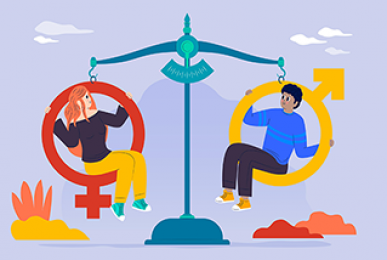
Women in the Information and Communication Sector in Armenia
Category Armenia WorkA. Executive Summary
According to the International Telecommunication Union (ITU), while a leadership gender gap exists in all industries, it is most pronounced in STEM fields. Women in ICT are often relegated to junior or support roles with limited opportunities for advancement. They are less likely to hold executive positions, become ICT entrepreneurs, or be represented among science and technology policymakers.1 The European Institute for Gender Equality further states that women face numerous hurdles in the ICT sector. Despite being more highly qualified than their male counterparts, women tend to occupy fewer senior positions. They are also constrained by housework and family care duties, which limit the time available for upgrading technical skills. Gender stereotypes further marginalize women and girls in this crucial and expanding field.2 Notably, despite the global trend of significant gender gaps in STEM fields, Armenia stands out with a relatively low gender gap in ICT.
Over the last thirty years, information, and communication technology (ICT) has proven to be a powerful catalyst for economic advancement. It has become deeply integrated into nearly every facet of societal and national economies worldwide, spanning entertainment, commerce, education, weather forecasting, healthcare, government services, and various other spheres of activity.






